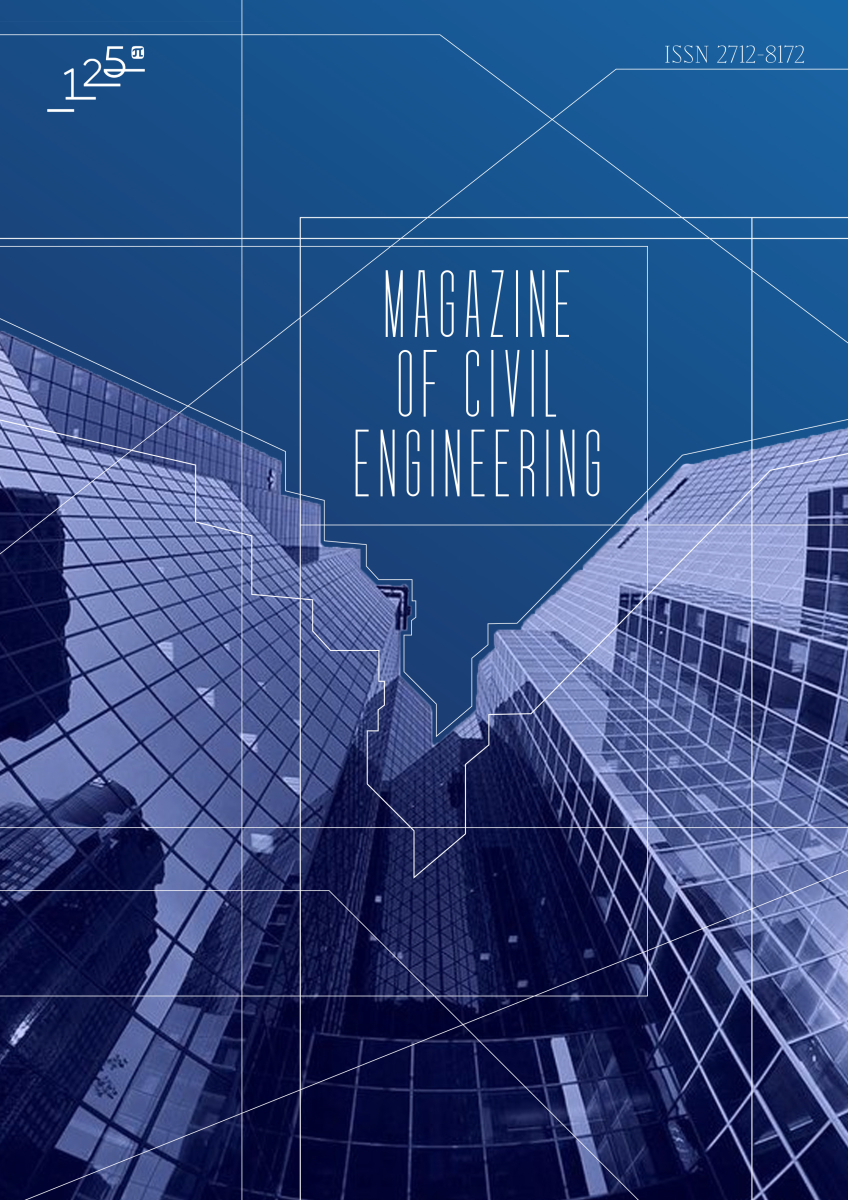Composite non-autoclaved aerated concrete based on an emulsion
The proposed composite non-autoclaved aerated concrete based on a polymer emulsion is a solution to several problematic issues in the production of non-autoclaved aerated concrete. Using the method of joint emulsification of aluminium powder and polymer component, we obtained a polymer emulsion that contributes to high-quality saponification of the gas-forming agent. The emulsion ensures uniform gas release over the entire volume of the aerated concrete block, thereby providing a uniform pore structure. To assess the uniformity of the pore structure, we determined the density by sampling three sections of aerated concrete (upper, middle and bottom). We studied the quality of the pore structure by calculating water absorption by weight, compressive strength and freeze/thaw resistance. The results of the water absorption study showed the effectiveness of the polymer emulsion due to the hydrophobicity of the polymer component. The research also revealed the structure of composite aerated concrete cell walls. The obtained results of tests on the strength of composite aerated concrete in comparison with traditional aerated concrete also confirmed the effectiveness of using the polymer emulsion. The analysis of the conducted research contributed to the disclosure of the process that affects the increase in the strength of the material. Research on the freeze/thaw resistance of composite aerated concrete has revealed the mechanism of action of the polymer emulsion in the process of alternate freezing and thawing. In general, the paper demonstrates how polymer emulsion and aluminium powder influence the uniform distribution of pores in the composite structure, and therefore, contribute to the uniform density, low water absorption, high strength and freeze/thaw resistance of composite aerated concrete.


